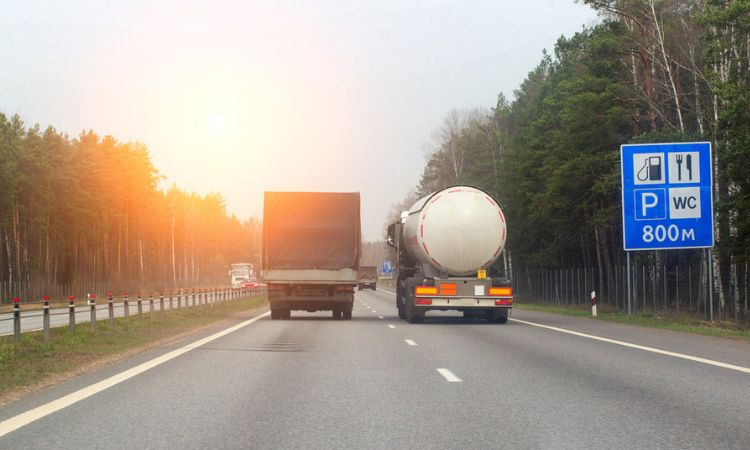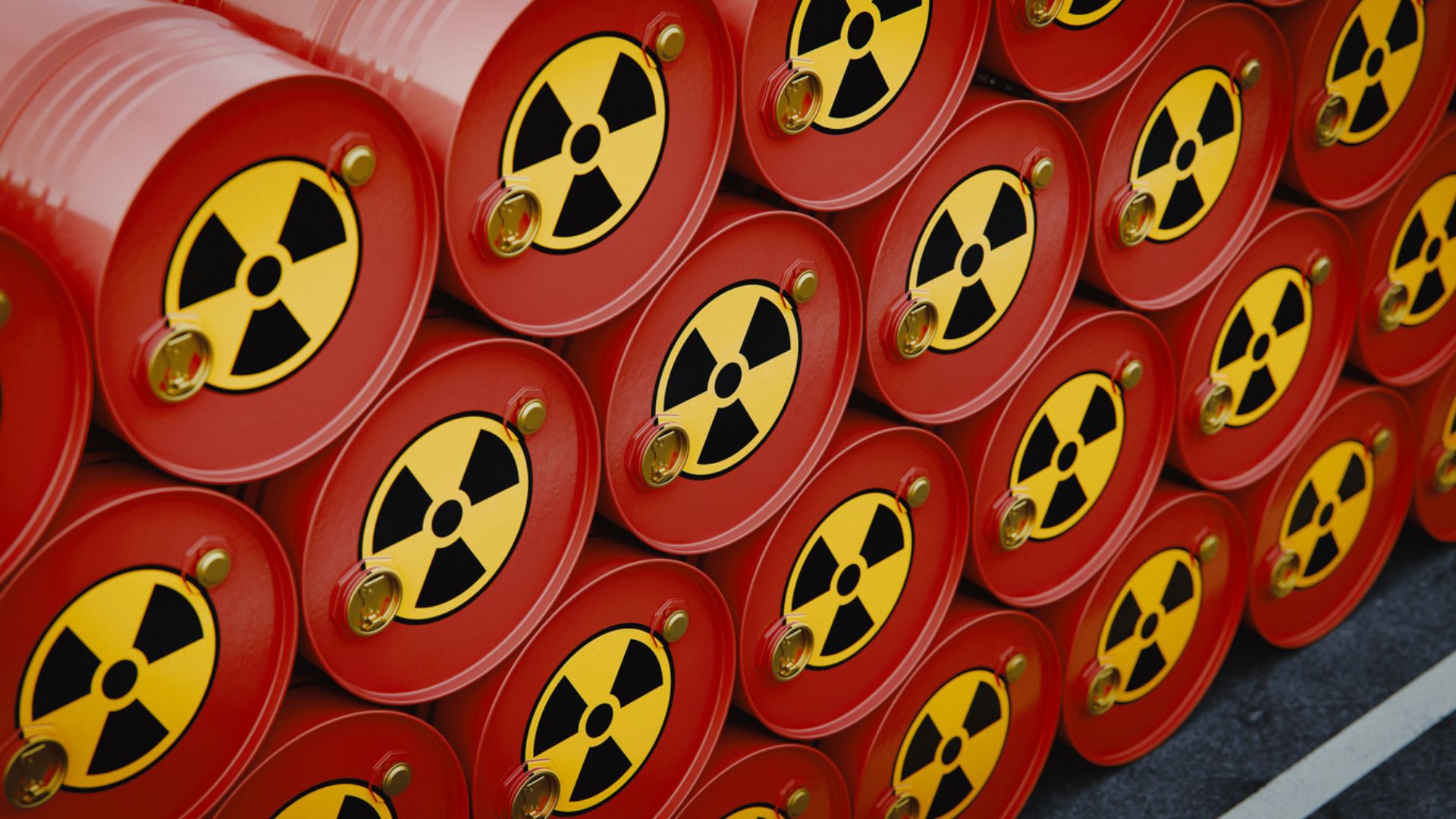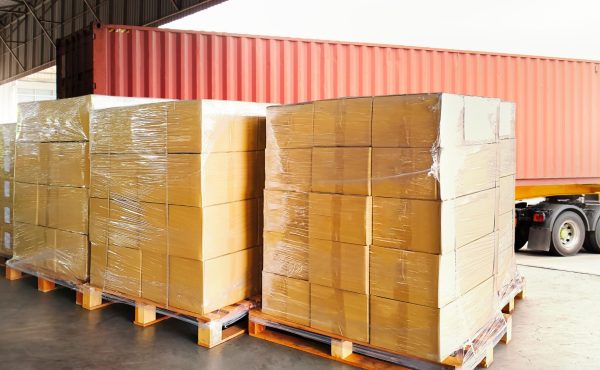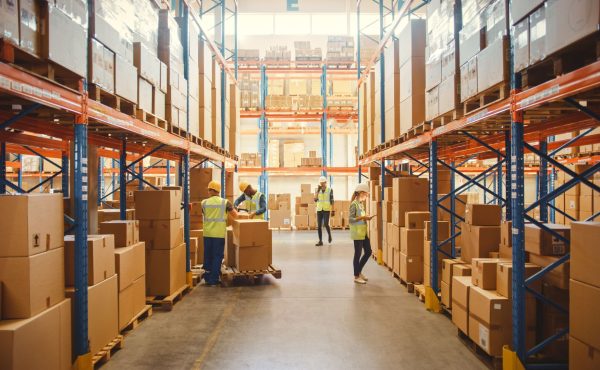International Transport of Dangerous Goods: Essential Requirements for Safe Management
The international transport of dangerous goods is one of the most complex and demanding areas of logistics. Managing these operations requires precise coordination between regulations, documentation, safety, and operational expertise.
Every year, millions of tons of hazardous goods are moved around the world — from chemicals and flammable substances to lithium batteries and compressed gases. A single mistake in handling or labeling can cause delays, fines, or even serious risks to safety and the environment.
That’s why understanding the requirements and avoiding the most common mistakes is essential to ensure safe operations in full compliance with international regulations.
What Is Considered a Dangerous Good?
A dangerous good is any substance or material that, during transport, may pose a risk to health, safety, property, or the environment.
These goods are classified into nine main categories according to the United Nations (UN):
- Explosives
- Gases
- Flammable liquids
- Flammable solids
- Oxidizing substances and organic peroxides
- Toxic and infectious substances
- Radioactive material
- Corrosive substances
- Miscellaneous dangerous substances and articles
Each category has specific requirements for packaging, labeling, transport, and documentation.
Applicable International Regulations
The transport of dangerous goods is governed by international agreements that establish common safety standards. The main ones are:
- ADR: Road transport (European Agreement concerning the International Carriage of Dangerous Goods by Road).
- IMDG Code: Maritime transport (International Maritime Dangerous Goods Code).
- IATA DGR: Air transport (Dangerous Goods Regulations by the International Air Transport Association).
- RID: Rail transport.
Compliance with these regulations ensures proper identification, packaging, and handling of goods throughout the logistics process, as well as the safety of personnel and the environment.

Key Requirements in International Transport
1. Accurate Product Classification
The first step is to correctly identify the type of substance and assign it its UN number, hazard class, and packaging group. Any error at this stage can invalidate all documentation and halt the shipment.
2. Certified Packaging and Labeling
Packaging materials must be certified for the type of goods being transported and bear the official UN Packaging Mark. In addition, hazard and handling labels must be clearly visible and comply with international standards.
3. Complete and Up-to-Date Documentation
The Dangerous Goods Declaration (DGD), along with the Material Safety Data Sheets (MSDS), training certificates, and special permits, are essential to pass customs and safety inspections.
4. Trained and Certified Personnel
All personnel involved in the transport, storage, or handling of dangerous goods must receive specific, up-to-date training in accordance with the applicable mode of transport (ADR, IMDG, or IATA).
5. Coordination with Specialized Operators
Working with freight forwarders and customs brokers experienced in hazardous materials helps anticipate potential issues and ensures compliance with regulations in all countries of transit.
Logisber’s Commitment
At Logisber, we are experts in the international transport of dangerous goods. As an Authorized Economic Operator (AEO), we comply with the highest standards of safety and traceability throughout the logistics chain.
Our technical team ensures that every shipment is properly classified, packaged, and documented, adapting each operation to the most suitable mode of transport — whether by sea, air, or land.
Every dangerous good that arrives safely at its destination is the result of meticulous planning and our team’s commitment to safety and excellence. Need advice for your hazardous goods shipments? Contact our team and we’ll help you plan your international transport operations with full compliance and peace of mind.
Categorías
Compartir








